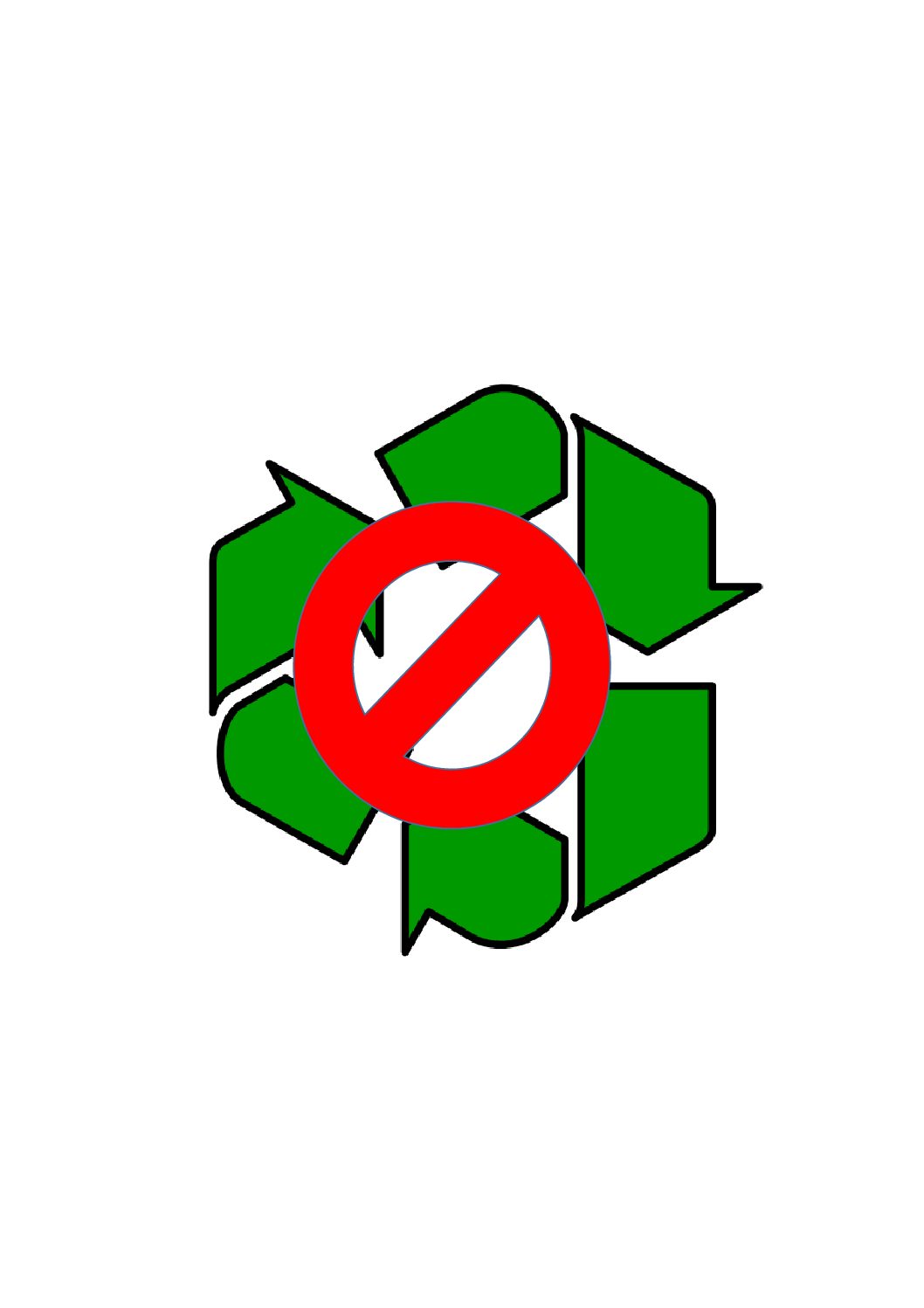More information about chemicals of concern is helpful for recycling – but “SCIP” is not a suitable solution. To re-use or recycle more waste, information on its composition is needed. The EU Waste Framework Directive obliges producers to document the presence of substances of very high concern in a new database (SCIP), which went online in January 2021. We investigated some products of varying complexity and with different pollutant problems from a number of industries. Our study indicates that the new database is of limited use for recycling companies. To foster the intended recycling of used products we urgently recommend to introduce
- a machine-readable labelling of all affected products (e.g. an imprinted bar code), from which their composition can be deduced during the initial treatment,
- new extended producer responsibility (EPR) regulations for products like textiles or furnishing in addition to those already in place for packaging, batteries, electrical appliances and vehicles,
- practicable mechanisms to motivate the stakeholders involved in the respective value chains to achieve much higher collection rates for used products than before ,
- measures to prevent incorrect disposal, cross-contamination, etc., especially by private households and small businesses, as known from the collection of packaging,
- penalties to support the implementation omef such regulations and to ensure consistent enforcement towards all participants in the value chain.
Further reading:
Presentation by Henning Friege on occasion of the German Waste Legislation Conference (download)
“Interfaces between chemicals, waste and product legislation” (in German, published in AbfallR)
“How should we deal with the interfaces between chemicals, product and waste legislation?” (Environmental Sciences Europe 31:51 (2019))
“The new European database for chemicals of concern: How useful is SCIP for waste management?” (Sustainable Chemistry and Pharmacy 21:100430 (2021))
